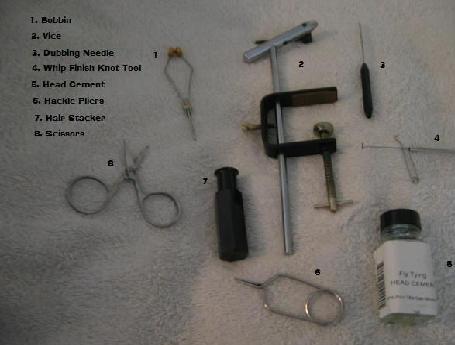Fly fishing guides, as are other fishing guides, are expert in the field of fishing. Understanding the tools and materials needed for fly fishing, where the best spots are to fish, and how to catch the larger fish in the water. Guides have generally lived and fished in the area waters for many years, they understand the local geography and know how to watch for weather changes.
As with any expert, fishing guides understand the "art" of fishing, the best locations and fish better than anyone else around.
The fly fishing guide's job, if you would like to call it a job, is to take the beginner fisher out and teach them how to catch fish.
Some guides specialize in certain area or type of water, while others are more flexible. Using fly fishing equipment and gear is a popular and difficult form of fishing. Because of this, a lot of guides dedicate their time and energy to mentoring fly fisherman.
Hiring a guide will not only increase the fisherman's chance of catching a fish, but will also allow a more enjoyable experience. The guide's knowledge of the land, environment and fishing will be well work hiring a guide. Most guides are also good companions, and have outstanding social skills.
Thursday, June 30, 2011
Tuesday, June 28, 2011
Fly Tying
 Tying artificial flies has always been about imitating some form of fish prey with natural and/or synthetic materials bonded to a hook. However many fly patterns do not exactly imitate fish prey in nature, yet they are successful patterns in catching fish. The huge range of fly patterns documented today for all sorts of targeted species such as trout, salmon, bass, pan fish, pike, saltwater and tropical exotics, etc.. are not easily categorized as merely imitative, attractors, searchers, or impressionistic, some are something else.
Tying artificial flies has always been about imitating some form of fish prey with natural and/or synthetic materials bonded to a hook. However many fly patterns do not exactly imitate fish prey in nature, yet they are successful patterns in catching fish. The huge range of fly patterns documented today for all sorts of targeted species such as trout, salmon, bass, pan fish, pike, saltwater and tropical exotics, etc.. are not easily categorized as merely imitative, attractors, searchers, or impressionistic, some are something else.Several tools will be needed to properly tie artificial flies. Essential tools are; a vice, to hold the hook, a bobbin, a magnifying glass (for delicate work), hackle pliers, hackle gauges, lights, hair stackers and sizzors. There are optional tools to consider, pliers, toothpicks, bodkins, dubbing twisters, blenders, floss bobbins, whip finishers, wing burners and bobbin threaders.
The hook will determine the basic size and shape of each fly and is generally an important part of any fly pattern description. Hooks come in a wide range of sizes, shapes, lengths and weights. Hooks must be selected to complement the pattern being tied and the method by which it will be fished. Saltwater flies are generally tied on a corrosion resistant hook.
Fly tying material can be anything that can be used to construct a fly on a hook. Some common materials are; thread, yarn, fur, feathers, hair, tinsel, cork, balsa and wire. Todays materials not only include many natural and dyed fur, hair and feathers but a wide range of synthetic materials are used. All manner of animal hair and fur such as rabbit, mink, muskrat, fox, and bear to name a few. As for feathers chicken, goose, pheasant, turkey and duck are still commonly used in the construction of artificial flies
Subscribe to:
Posts (Atom)
